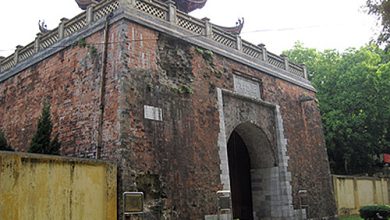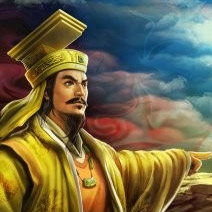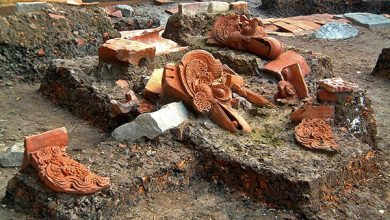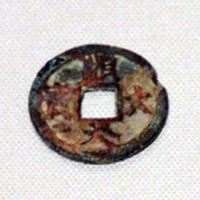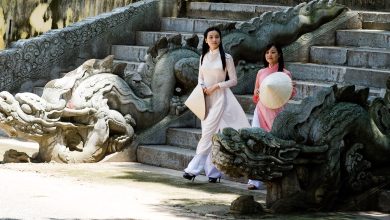Earthen construction materials
The Imperial Citadel was home to many architectural constructions. Those were magnificent and majestic castles, palaces and walls. These constructions required to be built with earthen materials – mainly bricks and tiles – which were durable with sophisticated decorative carvings.
Under Ly Dynasty, bricks were artistically carved. Bodhi leaf, a sacred leaf – symbol of the Buhdism, was used quite commonly due to the piety of the kings of this period. House bricks under Ly Dynasty were rectangular with the size of 30x25x7cm, carved with universe image or Chinese. Wall bricks were square; the length of each side were 35cm; the thickness was 7cm. Depending on the location, wall bricks were decorated with images of dragons playing with clouds at four corners, flowers or square ground and rounded sky, etc. House and wall bricks were produced so that when building, just stack close to each other without using mortar. This shows that brick processing capabilities of the craftsmen during this period reached the high level of sophistication. Tiles in the Imperial Citadel under Ly Dynasty were also made meticulously. They were divided into several tiles, including tubular tiles, edge tiles, ridge tiles or roof tiles. Tubular tiles and edge tiles were used for roofing, on a roof tile lining. Ridge tiles were used for roofing the intersection of the roof. Tiles under Ly Dynasty were also carved with many beautiful images, such as budhi leaves with roll dragons, phoenix or roses, etc. Because the bricks were for building the palace, most of them were coated with precious enamels, gold-plated or silver-plated, forming a sheen surface for castles and palaces. These bricks and tiles were often produced by craftmen in Thang Long, meeting directly to the needs of the court building.
Tile such as Barrel, S-Tile and other rolled tile are considered “Profile Tile” while interlocking flat tile and plain non-interlocking tile are considered “Flat Tile”.
Under Tran Dynasty, bricks basically inherited the techniques and decorative styles from Ly Dynasty. However, the decoration under Tran Dynasty was more diverse and there were a number of changes in details. The image of Budhi leaves, attached to the Buddha, was still used quite commonly. However, the image of dragons in the leaves was to differ with the appearance of horns and a fatter and stronger body. Particularly, the decorative image on tiles under Tran Dynasty included intimate birds or Budhi leaves with distinctive style. The alternatives with strong sculptural lines which were different from soft, subtle lines under Ly Dynasty, clearly reflected the sportsmanship of Tran Dynasty. That was evidenced with the appearance of so many talented generals under Tran Dynasty, who were both intellectually profound and unparalleled martial arts, leading to glorious victories and making the Mongolian army horrendous.


